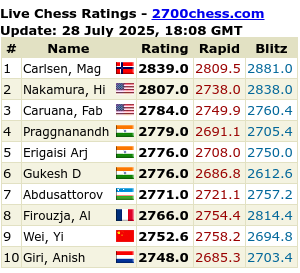After reading just a chapter from this book, I just had to write something about the book. Yes, it is just six games in the whole book but judgeing from the first game, the book is a keeper.
What makes it special? It is another "every-move-annotated-book" but I think is stands head and shoulders above both "Logical Chess" and "Chess: The Art of Logical Thinking" (both are fine books!).
Pandolfini tries to annotate the games both on a, if you like, micro- and macro-level perspective. Me, being a simpleton, was lured into a more active type of reading by the questions ("Will Nbd7 work?") in the text. I think it was less "Learning by nodding" while reading this book. Also, Mr Pandolfini has a few interesting quotes here and there in the text which adds a little enjoyment to the reading experience and perhaps some additional views on what is going on in the game under discussion.
The macro level annotations is perhaps less instructive but that is perhaps due to the fact that no single game is a pure application of a single strategic approach, say "Colour Play". It is of cours much more concrete to analyze if a single move (i.e. micro level) is safe or not.
The book is a few years old (1987) and I am rather surprised that the book hasn't received more attention.
All-in-all, One enthusiastic rant over an under the radar chess book
German Uhlans, 1914
7 hours ago








By the by your given description of the book it sounds like a very good book. I would buy it if I hadn't have so many other books I still haven't read a page in.
ReplyDeleteBtw, I had my first lesson with Attila Turzo. Somehow your name came up. Wonder how he knows you? :-)
Nice review!
ReplyDeleteThank you, Amigos!
ReplyDeleteWhats about "Move First, Think Later" ? What do you think about it?
ReplyDeleteReading that one came to an unplanned halt as I left my copy at the office when I went on vacation.
ReplyDelete